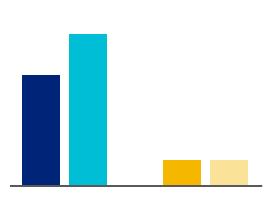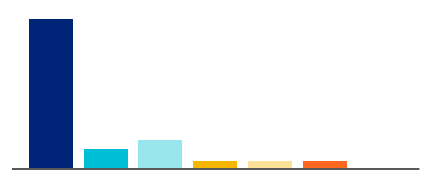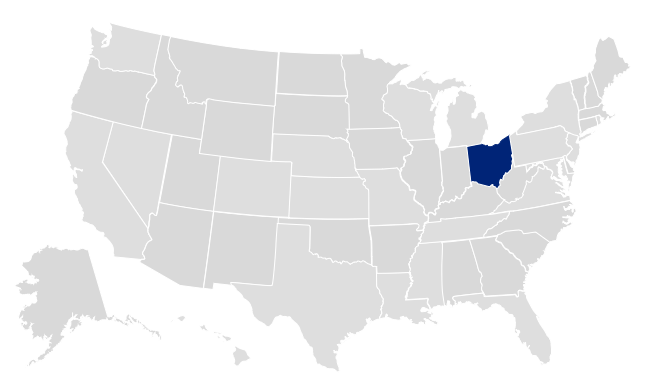
Federally qualified health centers (FQHCs) serve as the primary care home for nearly 30 million patients, including 1 in 5 Medicaid beneficiaries.* In recognition of the valuable role they play in our health care system, UnitedHealthcare is partnering with FQHCs in new ways to expand access to care and improves outcomes.
COVID-19 is an unprecedented public health emergency that has amplified existing health disparities and significantly affected the nation’s safety net. In response, UnitedHealthcare launched the FQHC Transformation Investment Program to address decreased cash flow at FQHCs and the need to invest in capacity building efforts as a result of the historic shift in utilization caused by this public health emergency. The program has invested $20 million in over 300 health centers in 22 states, including more than $760k invested in 24 Ohio FQHCs.
Investment overview
The FQHC Transformation Investment Program is a one-time investment based on a portion of the individual FQHC’s 2019 utilization. With these investments, FQHCs can choose to dedicate the funds to one of the following five pathways based on the needs of their patient population:
- Healthy Children
- Healthy Pregnancy
- People Living with Chronic Conditions
- Integrating Behavioral and Physical Health
- Addressing the Pandemic
The FQHCs then commit to specific process measures aligned with their selected pathways to demonstrate that they have translated the payment into targeted transformation efforts.

Outcome
With the Transformation Investments, FQHCs have pursued community-based solutions to expand access and improve outcomes. Most Ohio FQHCs have used the investments to focus on Living with Chronic Conditions and Addressing the Pandemic, the majority of which are building their Telemedicine & Digital Engagement capacity to meet those needs.

Pathway
35% Addressing the Pandemic
48% Living with Chronic Conditions
0% Healthy Children
8.5% Healthy Pregnancy
8.5% Integrating Behavioral and Physical Health

Capacity building/process measure focus
66% Telemedicine & Digital Engagement
9% COVID-19 Testing Expansion
13% Novel Care Strategies
4% Collaboration w/Community Orgs
4% Addressing Social Needs
4% Transitions of Care
0% Contact Tracing
FQHC transformation examples
Here are some examples of how Ohio FQHCs are using the investment.

In Ohio, one participating FQHC is implementing a robust Patient-Centered Medical Home (PCMH) approach for their high-risk patients with chronic health needs, which integrates behavioral health and social risk screening by using digital platforms.